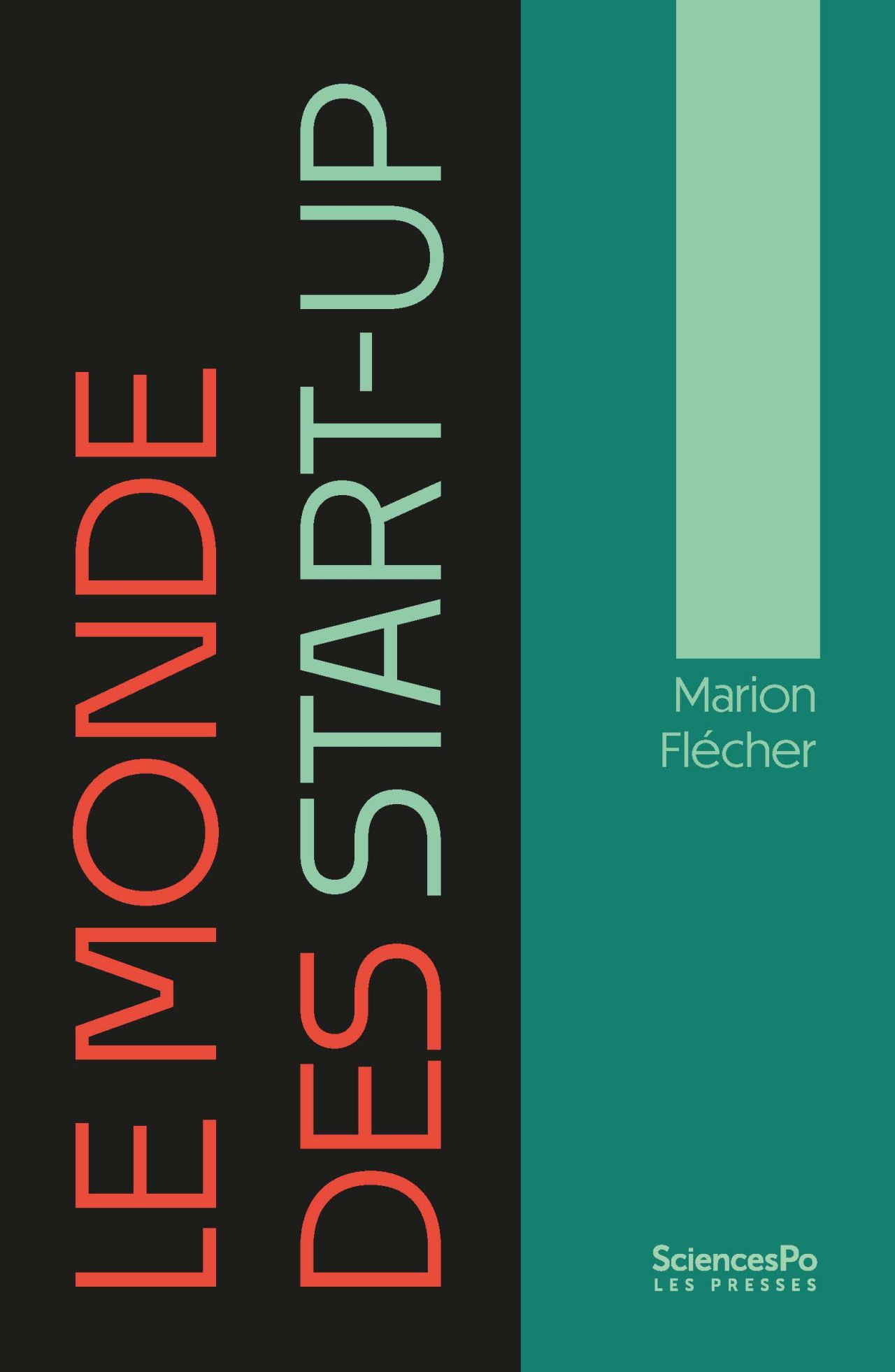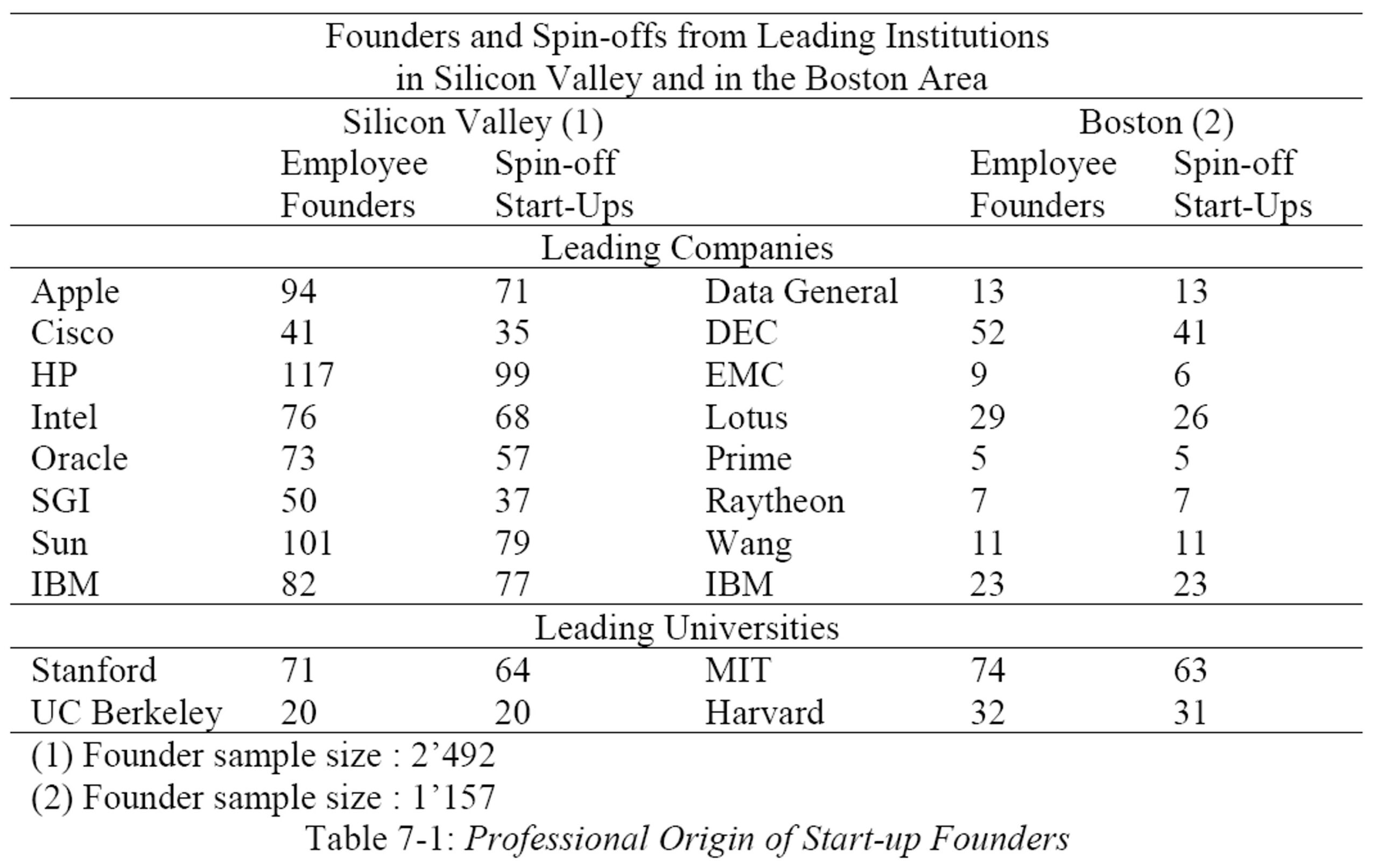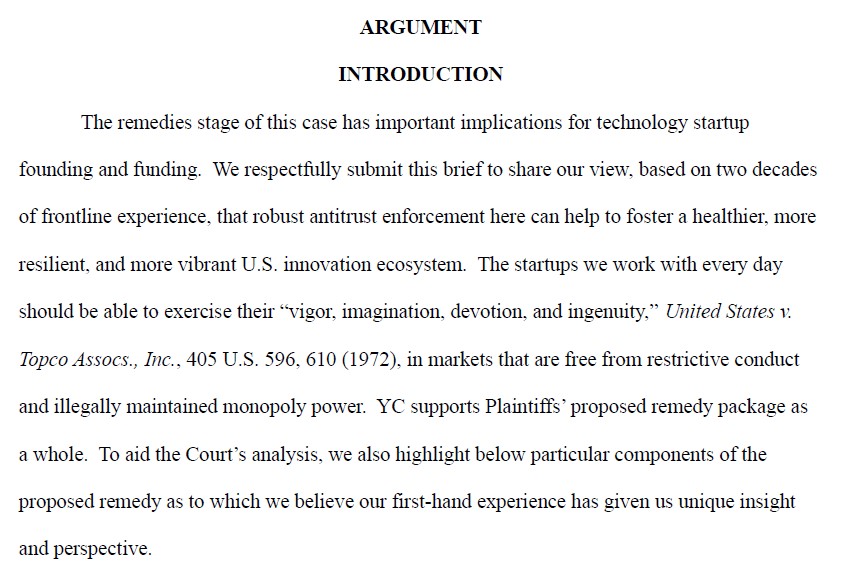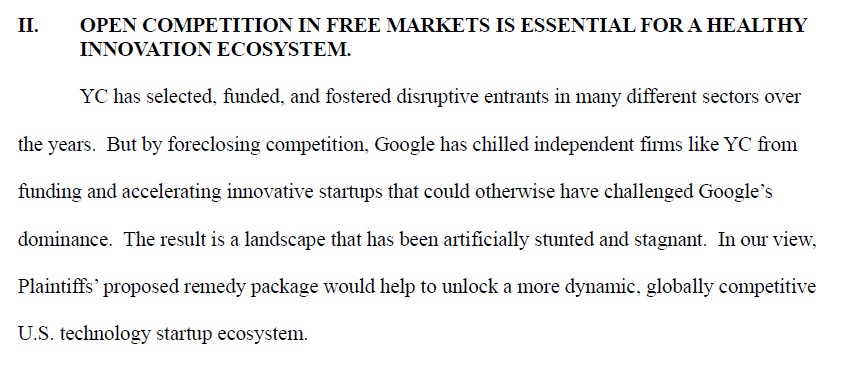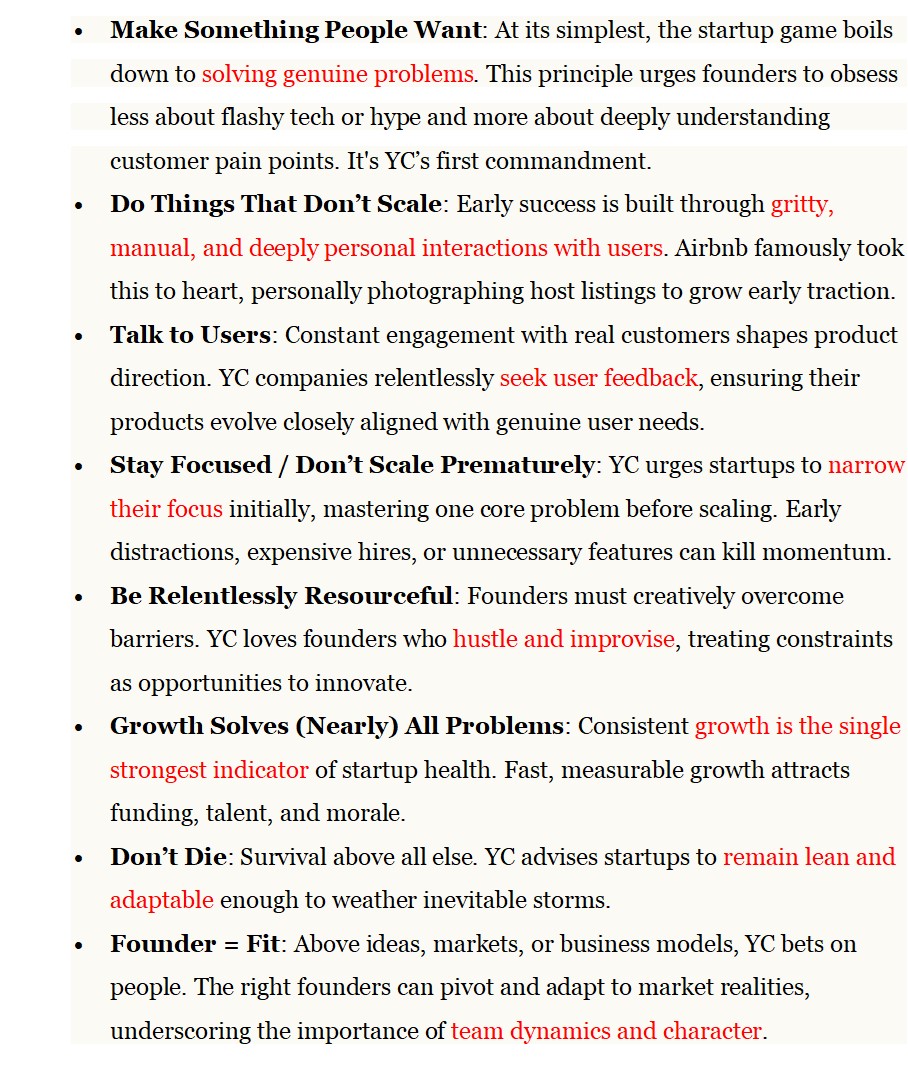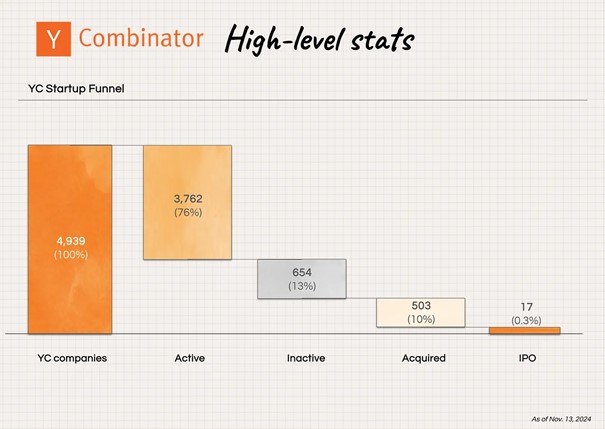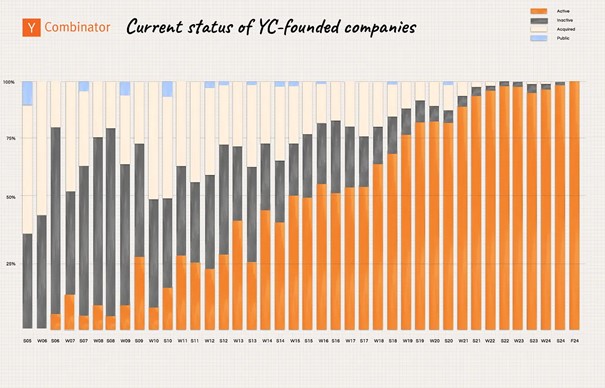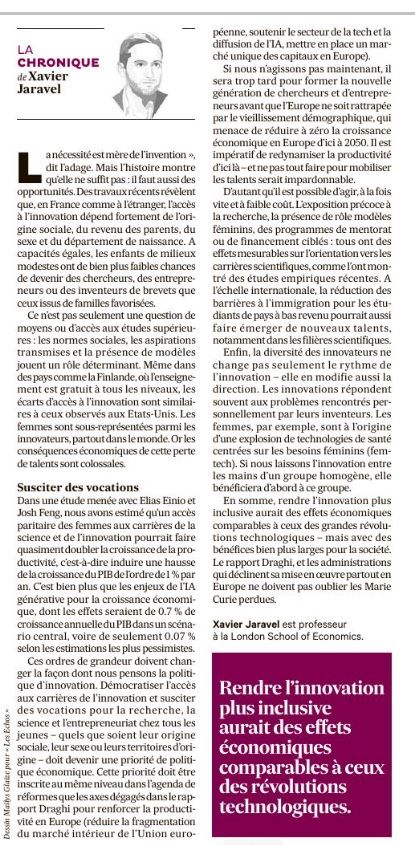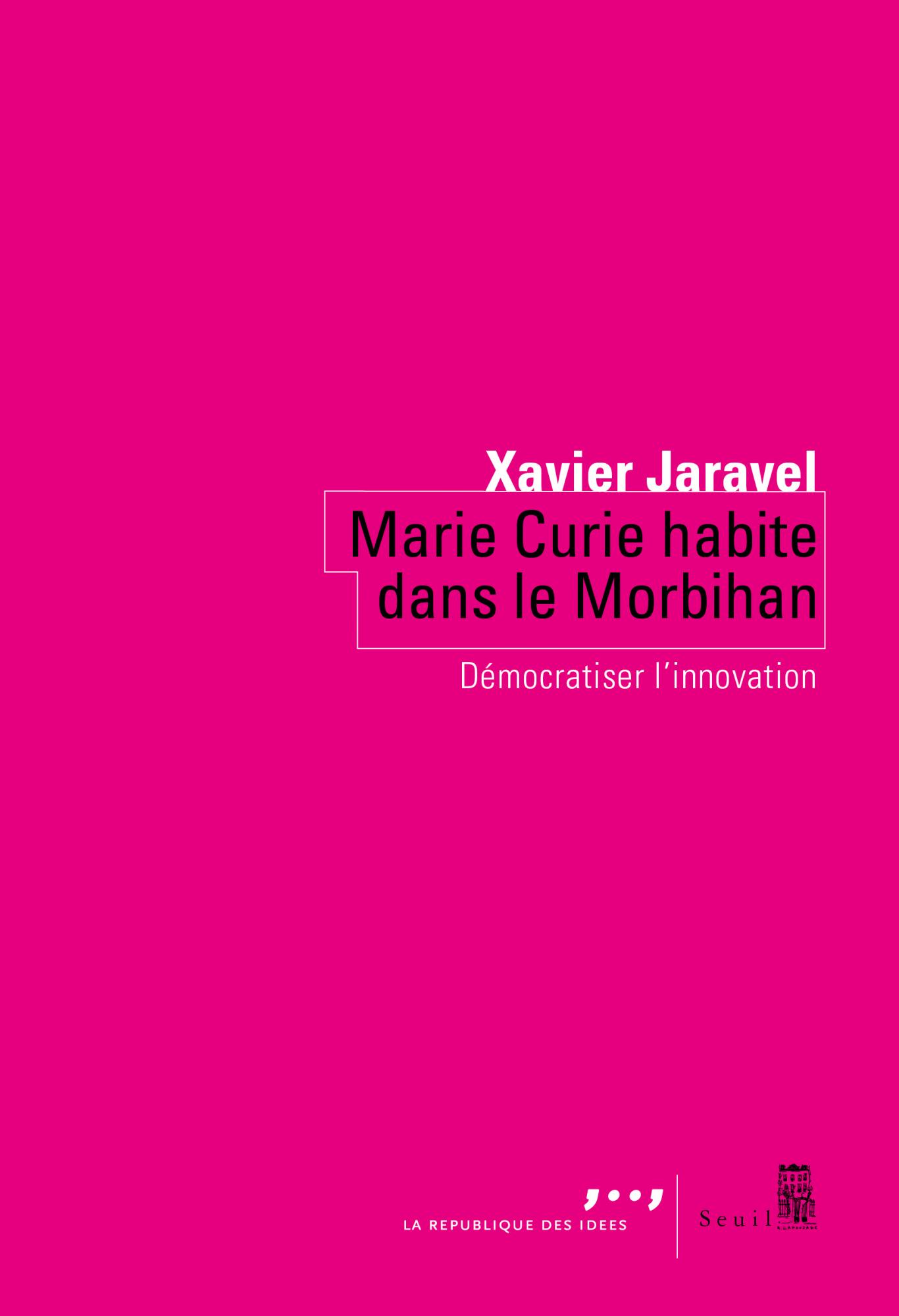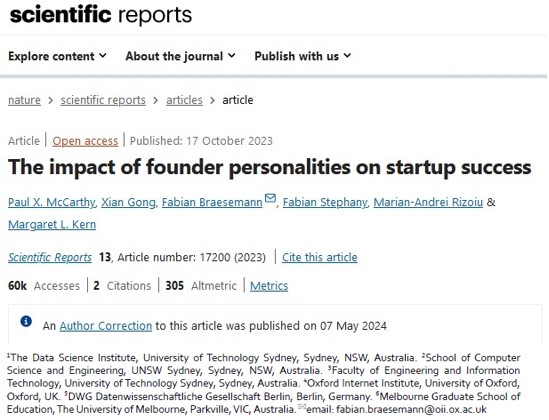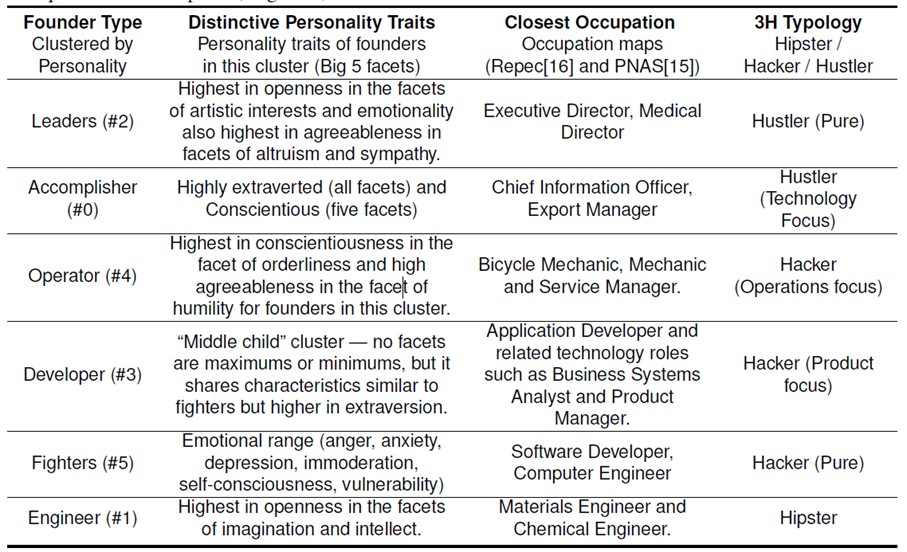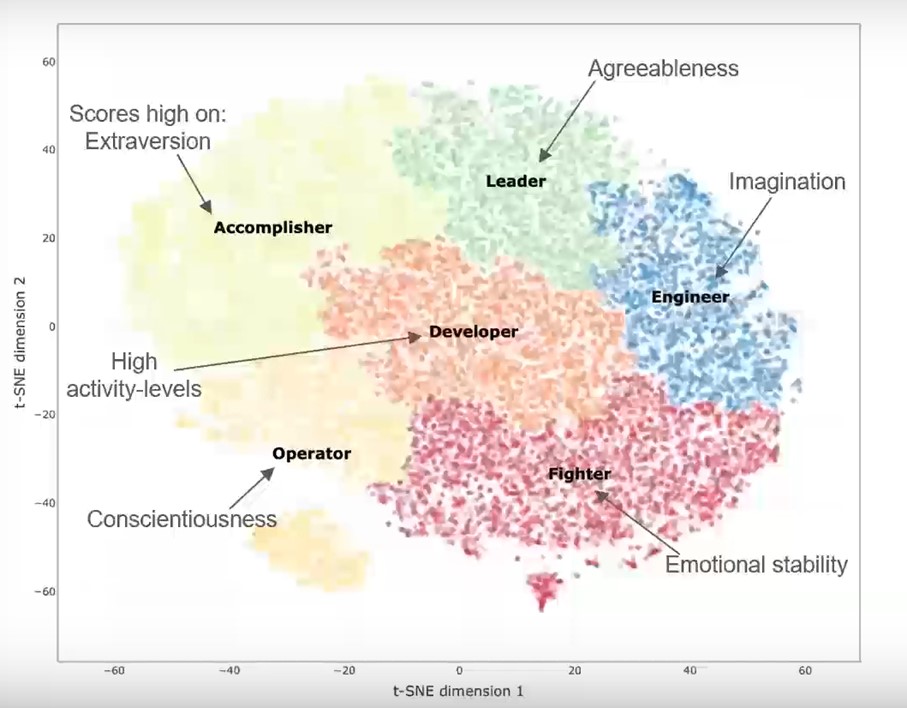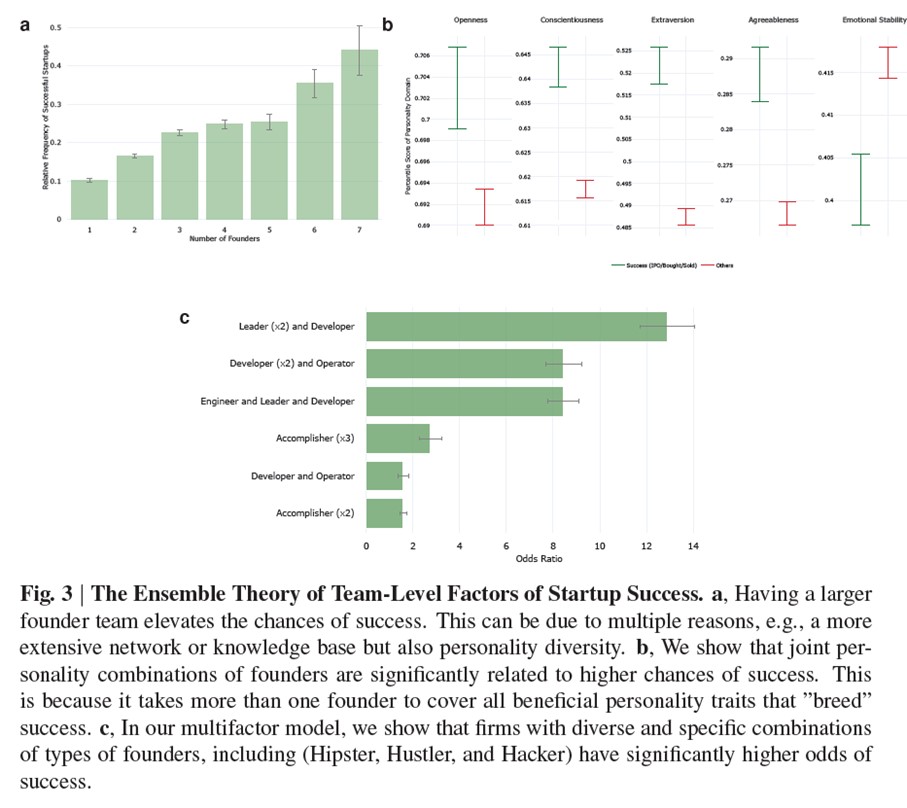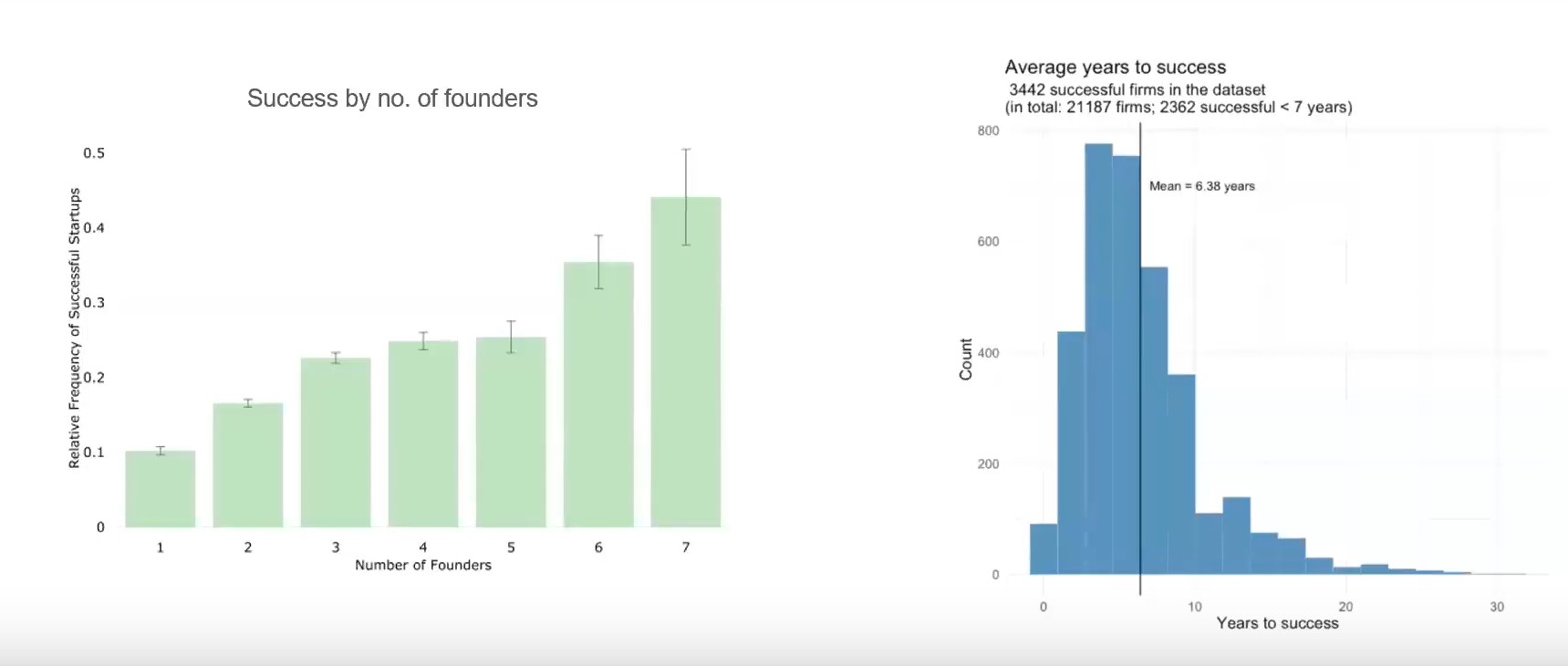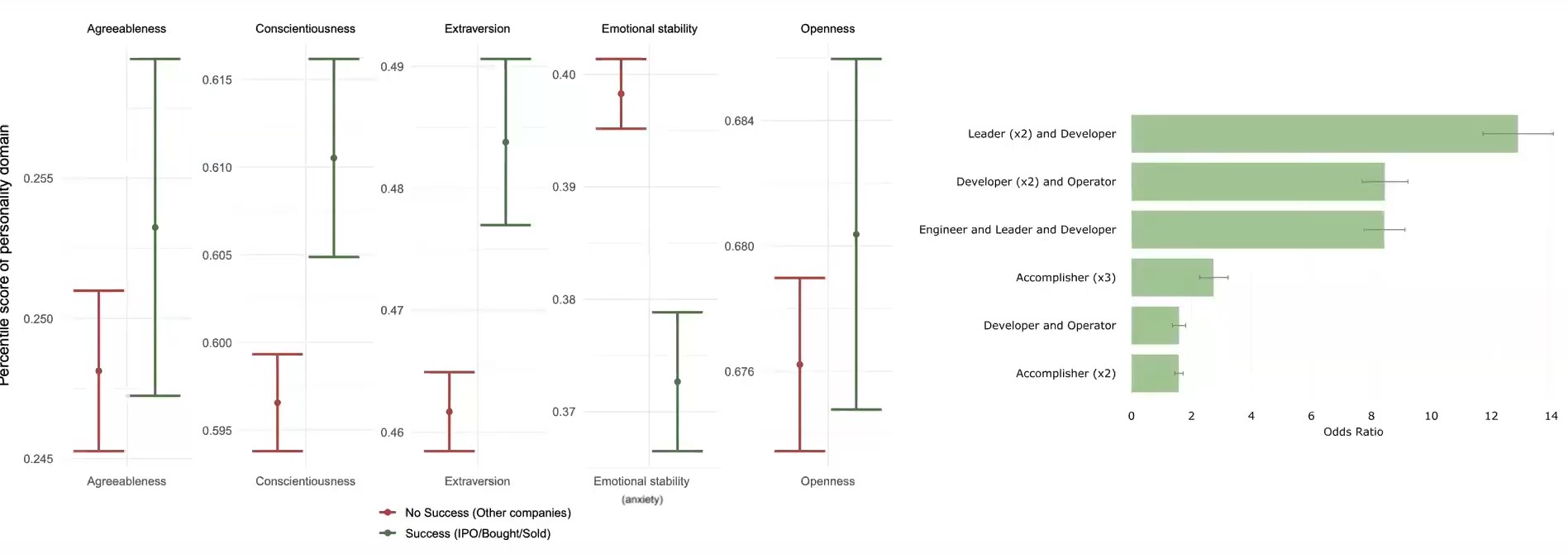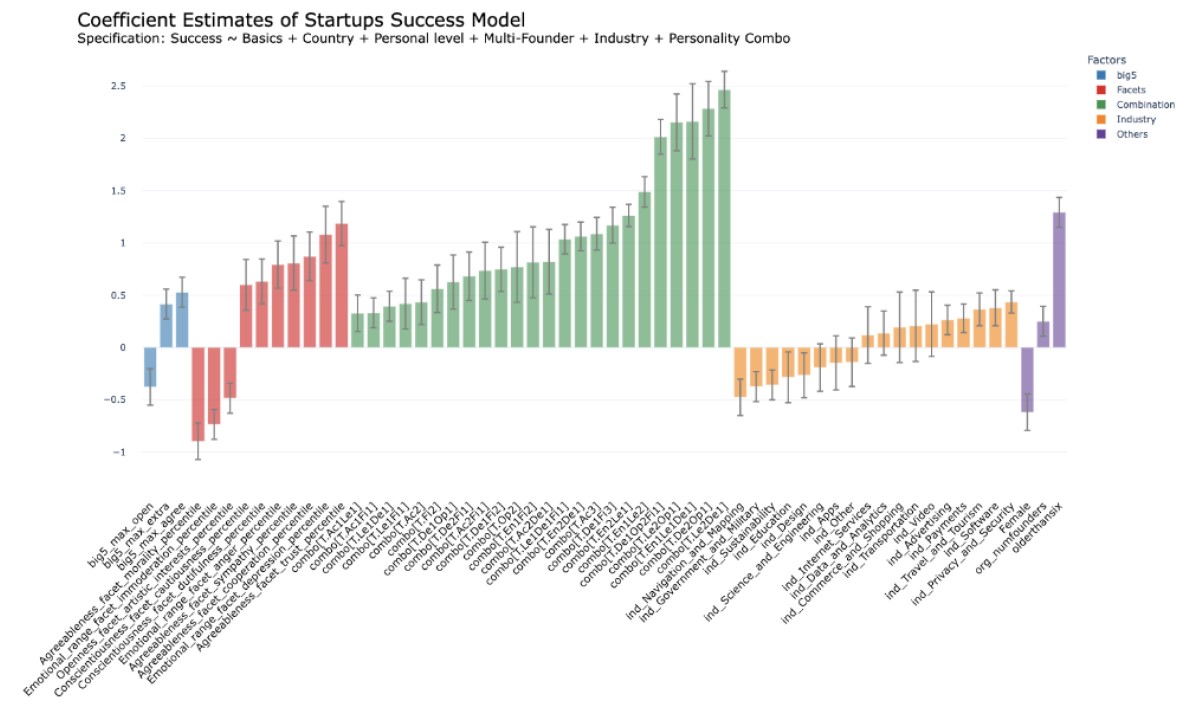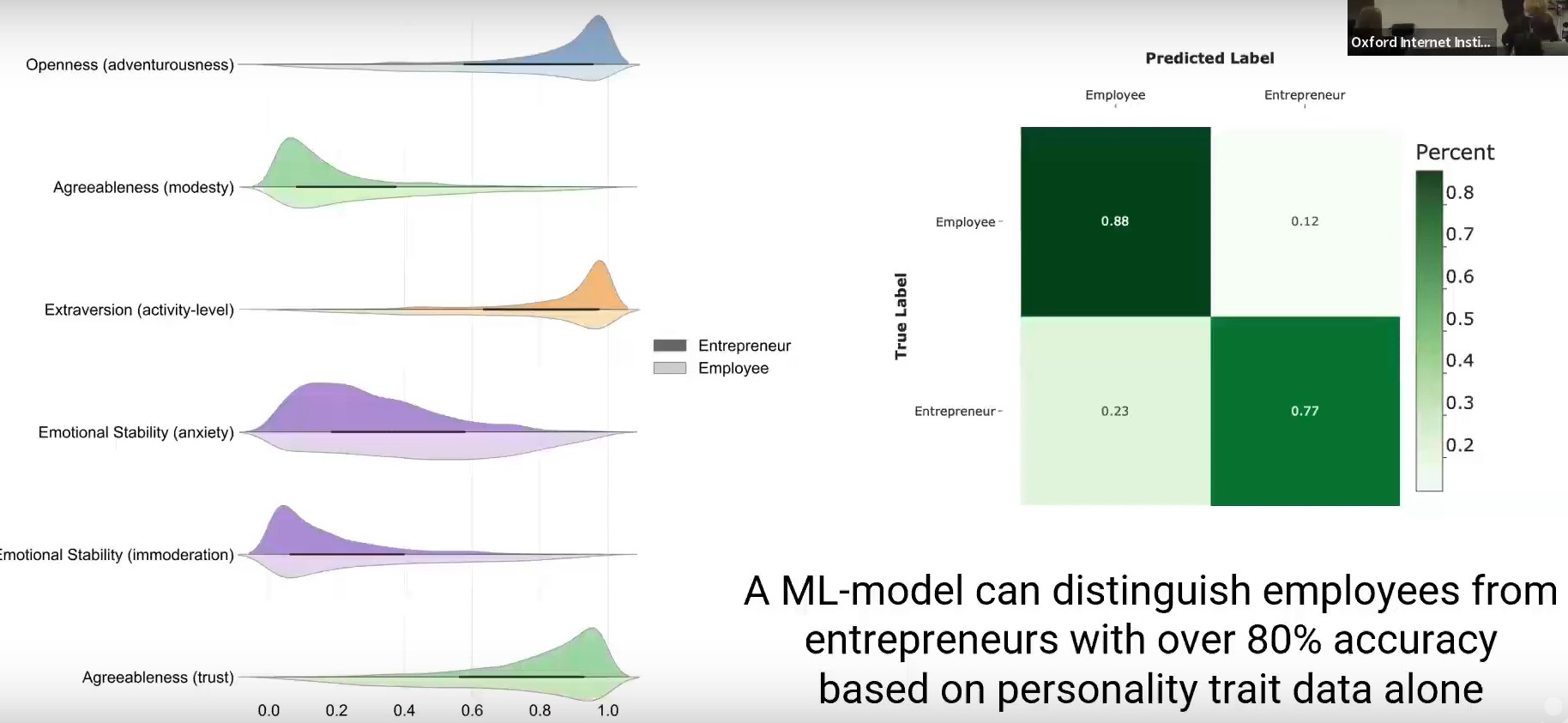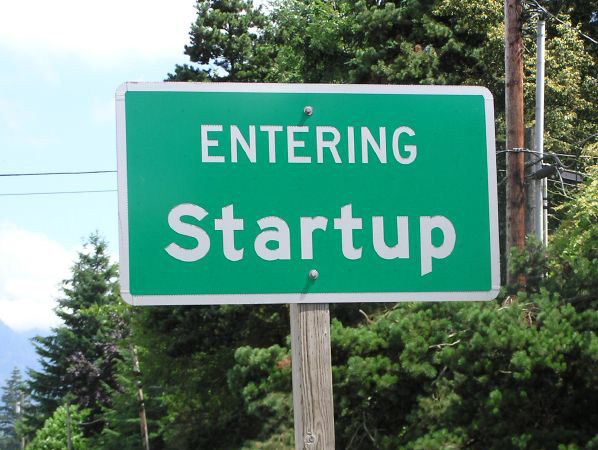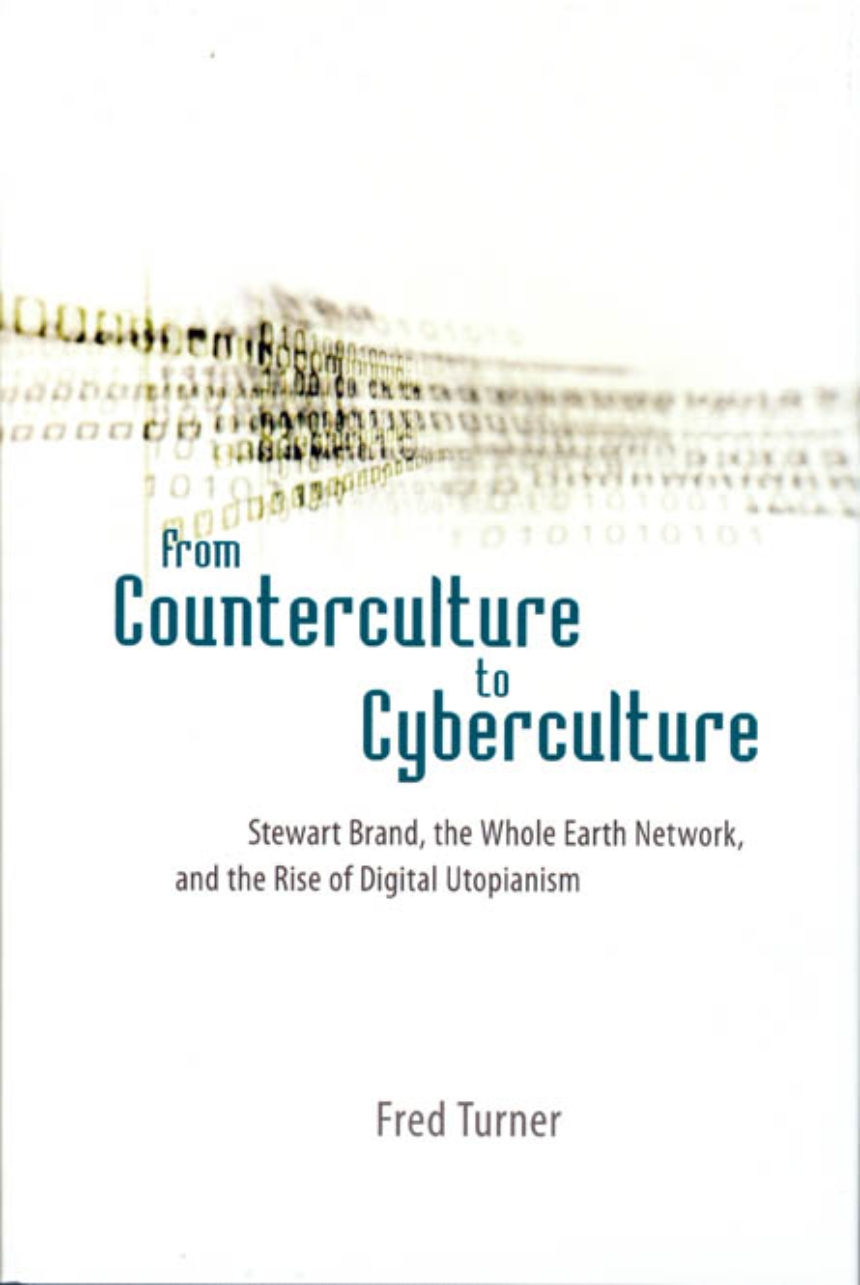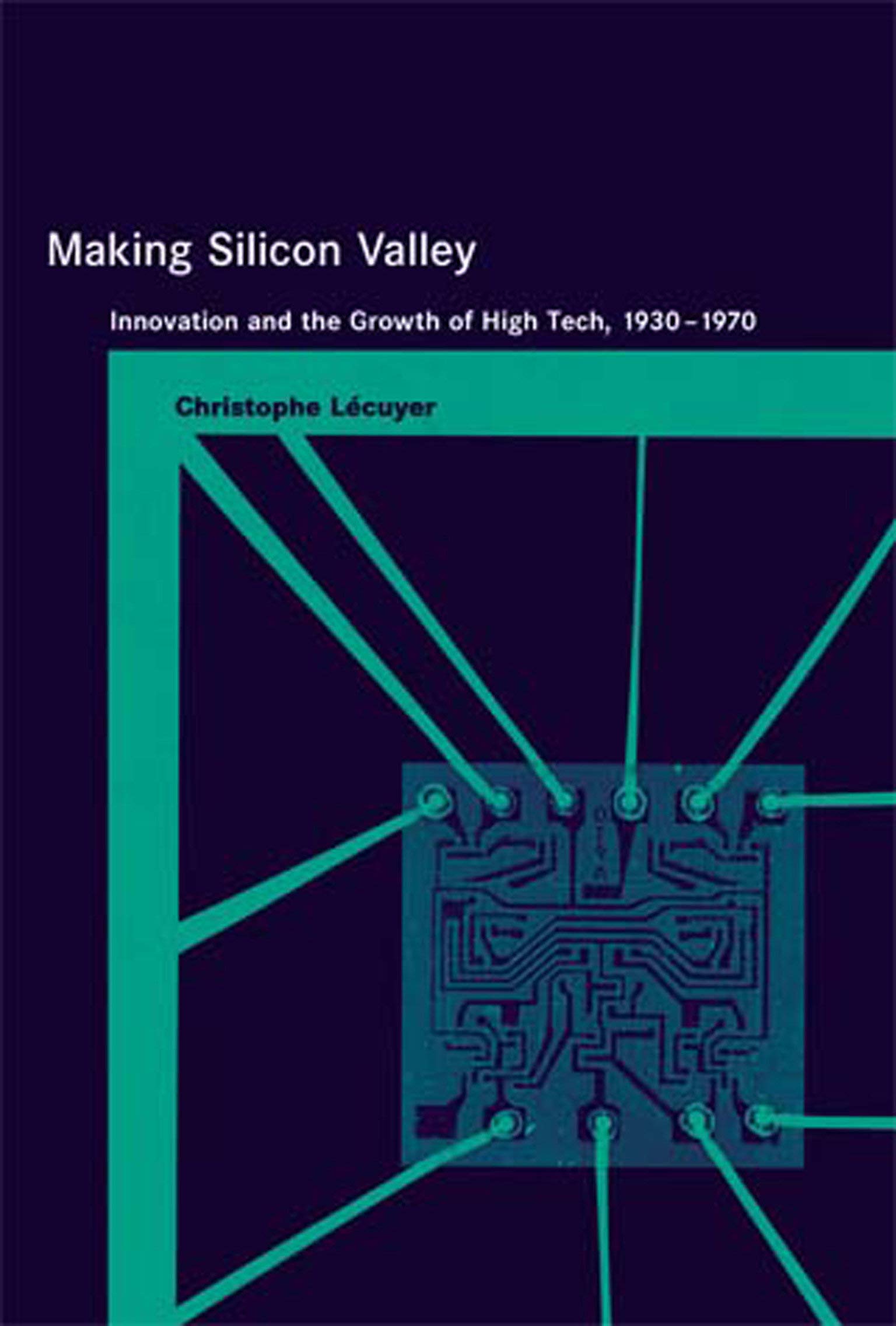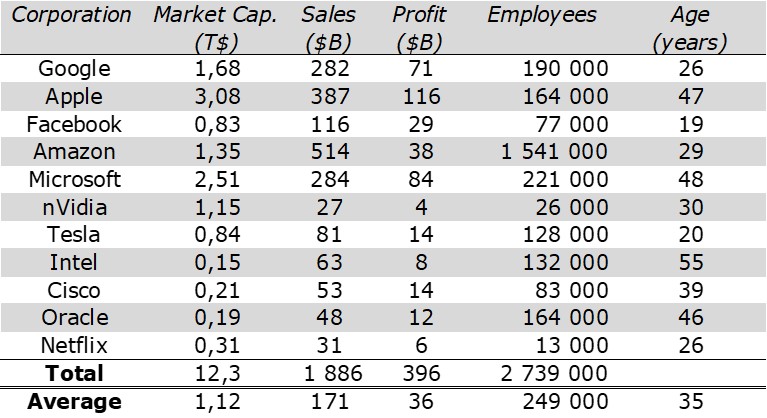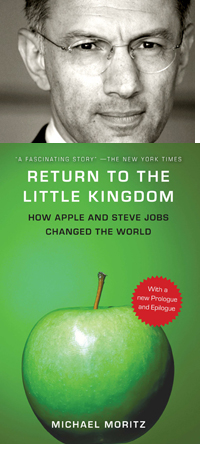The startup world has been the core of my professional life for almost 30 years. I know it perhaps too well, and I also read almost everything I can get my hands on. So I feel compelled to read a book that takes this subject as its title. Marion Flécher is a lecturer in sociology at the University of Paris Nanterre, and her book, *The World of Startups* (Le monde des startup) is based on her doctoral thesis, entitled *The Startup World: The New Face of Capitalism? An Investigation into the Modes of Creation and Organization of Startups in France and the United States*. (Le monde des start-up, le nouveau visage du capitalisme ? Enquête sur les modes de création et d’organisation des start-up en France et aux Etats-Unis).
Marion Flécher just post an article on LinkedIn pand she was alos the guest of Guillaume Erner yesterday morning on France Culture.
As you may have guessed, I haven’t read the book yet, but I will as soon as I receive it. I’m always a bit ambivalent when I read critical analyses of this world, and of Silicon Valley in particular. Here’s what the publisher says on the book’s page: “The book compares the promises made by startups (success stories, meritocracy, flexibility) with the reality on the ground (failure rates, mass layoffs, pressure to perform, burnout). For the past fifteen years or so, young, innovative companies grouped under the term “startups” have occupied an increasingly prominent place in the media and political arena. Symbols of modernity and Capitalism 2.0, they are being held up as a genuine economic and organizational model. How can we understand this enthusiasm? (…) Dismissing the mythical figure of the self-made man, she sheds light on the reality of this social world and defines the profile of those, and more rarely those women, who launch startups and claim this label. While they claim to break with the hierarchical rigidity of traditional firms, startups offer a new face of capitalism, one whose gentler and more colorful aspects have allowed it to recover from its critics. In the digital age and the era of new technologies, what do they foreshadow for the future of work?”
I am ambivalent for two reasons :
– The first reason is that it seems to me France has gone from a profound ignorance of this world to a critique of its excesses that is undoubtedly justified but harsh.
About ten years ago, Professor Libero Zuppiroli brilliantly criticized the unfulfilled promises of innovation in *The Utopias of the 21st Century*. A few years earlier, he had teased me about the fact that startups didn’t represent much at all. That was the subject of another post.
He was right, at least for Europe, to the point that neither France nor Europe has generated any real success stories. My previous post last week celebrated an EPFL’s success story at $3 billion, and Criteo, Mistral, and others are all modest in size compared to the behemoths that the GAFAMs have become. SAP, Spotify, ARM, and only a few others in Europe can be compared to American successes. I am therefore sometimes torn between comparing and criticizing two continents that have little in common. France has moved very quickly, not to say too quickly, from a lack of understanding to a criticism of this world without grasping the reasons for its appeal and success.
– The second reason is that this criticism has existed for a long time, and I’m saddened that communication takes precedence over information. Startups have never been a paradise; they are rarely liberated companies, so storytelling has transformed a few exceptions into a universal model.
For example in 1986 in Startup fever, one could read “The Silicon Valley has been called “one of the last great bastions of male dominance” by the local Peninsula Times Tribune. […] They are under-represented in management and administration. Few women have technical or engineering backgrounds. […] Why there are few women in positioning of responsability in Silicon Valley is complex and puzzling. Until recently, the overwhelming majority of engineering graduates were men. […] Scientific and engineering professionals in the finance community and in start-ups are likely to be men: these power-brokers rely exclusively on their personal networks. […] Twenty of the largest publicly held Silicon Valley firms listed a total of 209 persons as corporate officers in 1980; only 4 were women. The board of directors of these 20 firms include 150 directors. Only one was a woman: Shirley Hufstedler, serving on the board of Hewlett-Packard.” But the authors are optimistic: they explain that any woman with a technical background or an interest in high-tech has opportunities: “A Martian with three heads could find a job in Silicon Valley. So for women with a technical background, it’s terrific. […] An exception to masculine dominance is Sandy Kurtzig. “I wanted to start in a garage like HP, but I didn’t have one. So I started in a second bedroom of my apartment.” At first, Kurtzig did sales, bookkeeping and management of her start-up. As long as she had only five or six employees, they worked out of her apartment. It went into rapid growth and had annual sales in 1982.”
And what about Anna-Lee Saxenian in 1999 : “In 1979, I was a graduate student at Berkeley and I was one of the first scholars to study Silicon Valley. I culminated my master’s program by writing a thesis in which I confidently predicted that Silicon Valley would stop growing. I argued that housing and labor were too expensive and the roads were too congested, and while corporate headquarters and research might remain, I was convinced that the region had reached its physical limits and that innovation and job growth would occur elsewhere during the 1980s. As it turns out I was wrong.” Returning to the earlier statement (France has moved very quickly, not to say too quickly, from a lack of understanding to a criticism of this world without grasping the reasons for its appeal and success), I believe it is essential to read and reread the remarkable works of Professor Saxenian (Regional Advantage, The New Argonauts). She has been able to explain the reasons for these attractions and successes, which persist today despite the excesses.
I’ve arrived at these compromises, which the great Bernard Stiegler helped me develop:
– In a 2016 post, “Has the World Gone Mad? Perhaps…,” I wrote that Stiegler’s main thesis is that capitalism has gone mad and that the absence of regulation and controls can lead to madness. “Disruption” can be beneficial when followed by a period of stabilization.
– That same year, in “Disruption and Madness According to Bernard Stiegler”, I noted that in ancient Greece, the term Pharmakon referred to both remedy, poison, and scapegoat. Medicine becomes harmful if consumed in excess…
I will therefore read Marion Flécher’s book with great interest and will write to you in a future post to see if I find cause for resignation or optimism regarding the startup world.
Post-scriptum: I regularly wonder about the nature of French society’s relationship with science and technology. All the pitfalls of technology are clear, and I regularly mention them here; for example, I’m thinking of François Jarrige’s *Technocritiques*. I’m not sure that the criticism is as severe for science or mathematics, as if they were more neutral. We hear less often about the fact that very few women have been Fields Medalists: two female laureates in 2014 and 2022, compared to 80 laureates in total since 1936.
Science in the media is neglected in France, generalist journalists and even French intellectuals have a rather deplorable scientific culture. Science doesn’t attract many girls, or at least they are discouraged from pursuing it for complex reasons. This wasn’t the case in the former Eastern Bloc countries (whatever the reasons may be). The relationship with technology, and therefore with innovation and startups, is perhaps a consequence of this, or simply a correlation. This might explain some of my sadness or frustration, even though I haven’t lost my enthusiasm. And in those moments, Churchill’s quote comes back to me: “Success is going from failure to failure without losing your enthusiasm.”
Two references in French.
– Mathématiques : deux femmes récompensées depuis 1936 : https://www.lemonde.fr/les-decodeurs/article/2019/03/20/mathematiques-deux-femmes-recompensees-depuis-1936_5438858_4355770.html
– Maryna Viazovska, deuxième femme lauréate après Maryam Mirzakhani : https://information.tv5monde.com/terriennes/medaille-fields-maryna-viazovska-deuxieme-femme-laureate-apres-maryam-mirzakhani-2933

